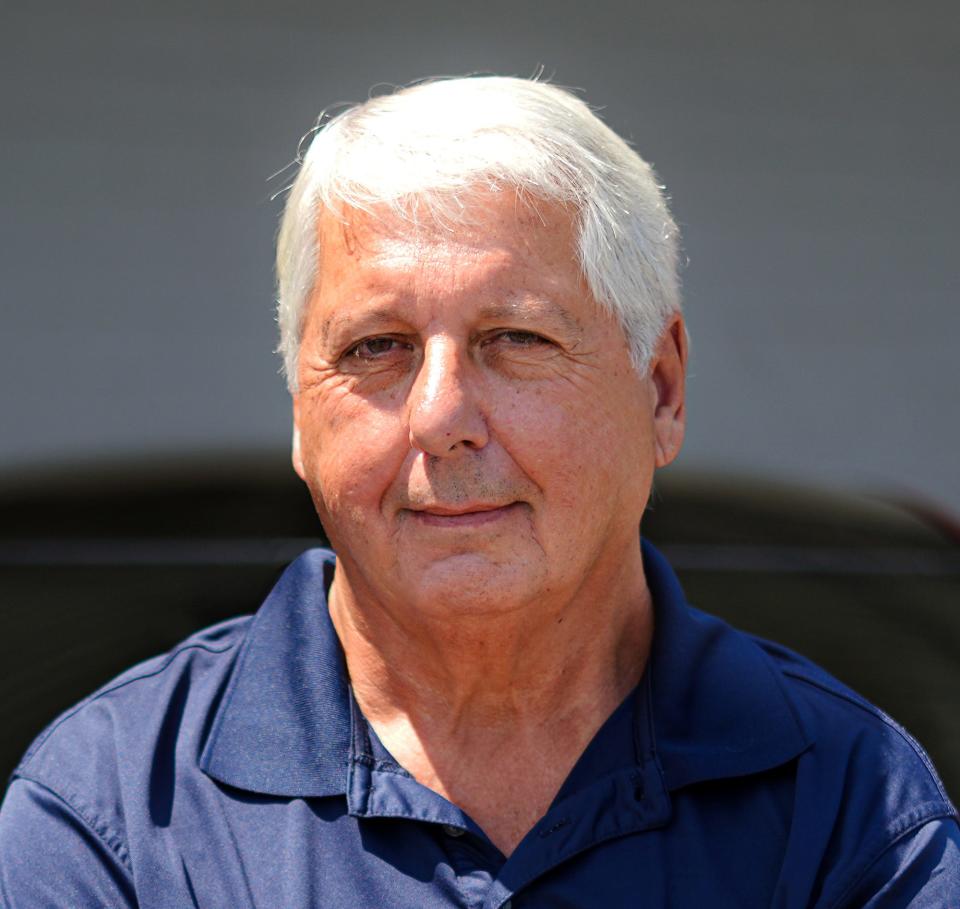I can feel every bump in my vehicle. What can I do to improve ride comfort? | Car Doctor
Q: My 2010 Hyundai Elantra Touring has 83,600 miles on it. There is nothing defective about the suspension and the tires are new. Maybe it is just me getting old, but I feel every bump. Is there anything I can do to improve ride comfort, short of buying a new car?
Also, my key fobs are worn out. The problems aren't the batteries. Key fobs are insanely expensive to “fix." The dealer wants $360 for one fob! Any suggestions?
A: Chances are your 14-year-old Hyundai springs are starting to sag. You could measure the ride height, and if you see some sag, this certainly would explain the hard ride.
Considering the age of the vehicle, replacing springs and struts may not be a good investment just to get a bit of a softer ride.
Regarding replacing fobs, I have found that, with some vehicles, going to an automotive locksmith and using aftermarket or reprograming used key fobs can reduce the cost by about 50% over the dealership price.
Concerned about rusty bolt on hybrid Toyota RAV4
Q: I am about to purchase a 2021 hybrid Toyota RAV4. The car seems super clean inside and out with little to no rust. However, I am concerned by this one bolt – under the car on the left side – that looks like it is wearing from rust. How much of a concern do you think this would be?
Since I am new to the hybrid game, what happens if I leave a light on for too long? In a gas-powered car, the battery dies, and I jump it. With a hybrid battery, is the process the same?
A: If the rusty bolt is the only rust, I would just clean/paint or replace the bolt. I had a similar experience with my own car (purchased new) where one of the radiator support brackets was rusty. I cleaned the rust, painted it and then sprayed a little undercoating (Waxoyl) over the bolt. It may have been poorly treated at the factory, something spilled on it or, depending on where the car is from, some winter salt collected there.
Hybrid cars have 12-volt batteries, just like other cars, and can need a jump or the 12-volt battery replaced from time to time.
How will ban on chrysotile asbestos affect car industry?
Q: How does the new ruling on the ban of chrysotile asbestos affect the car industry? I understand it was used for gaskets and brake linings, or has the industry gotten away from it? Will parts available either new or used be grandfathered in, or will they be removed immediately and cause repairs to go up?
A: Typically, asbestos has not been used in brakes pad/shoes and clutches in 30 years. Or at least the percentage was so small that it could not be measured. What this hopefully does is eliminate poor-quality import parts that may contain asbestos. As an example, I remember reading that Toyota original brake pads have not used asbestos since 1990, but some cheap import parts, when evaluated, did.
Gaskets are mostly some form of rubber O-ring or RTV (room temperature vulcanizing silicone) these days. I am happy to see this ruling.
As an “old-timer,” I remember being reprimanded by my shop foreman that I didn’t fully blow off all the brake dust from cars when I was replacing brakes. I wanted to wash them, and he said the only way to clean them was with air. Who knows how much asbestos I ingested in those days!
Trouble finding a repair shop to fix brakes on 1975 Jeep
Q: I am looking for a repair facility for a 1975 Jeep Cherokee with brake problems. I tried several places, but they said they do not work on old cars. At this point, until the vehicle is repaired, I may need to put it in storage.
A: I am surprised that some shops would not want to work on this Jeep. I can see maybe a Jeep dealership not wanting to work on the vehicle because of lack of availability of original equipment parts. An independent shop can buy parts from anywhere, including online, if needed.
One issue may be that a shop doesn’t want to store the vehicle until the parts are available. You may need to have the car towed to the shop for evaluation, then towed home. When the parts arrive at the shop, have it towed back to be repaired.
As far as parts availability, looking online, most all the brake parts (pads/shoes, calipers, wheel cylinders, master-cylinder) are available. Steel brake lines can be made, and other hydraulic hoses should be available.
You might want to put out an inquiry on a Jeep forum or Jeep Facebook page to see where others in your area take their Jeeps for repair.

John Paul is the AAA Northeast Car Doctor. He has more than 40 years of experience in the automobile industry and is an ASE-Certified Master Technician. Write to John Paul, The Car Doctor, at 110 Royal Little Drive, Providence, RI 02904. Or email jpaul@aaanortheast.com and put “Car Doctor” in the subject field. Follow him on Twitter @johnfpaul or on Facebook.
This article originally appeared on The Providence Journal: What can I do to improve ride comfort? | Car Doctor

